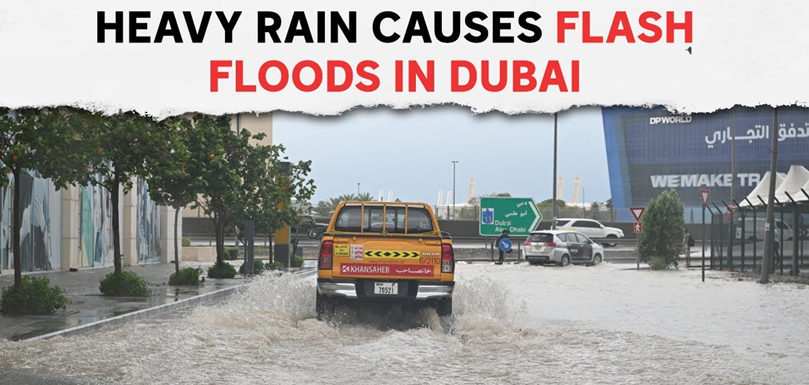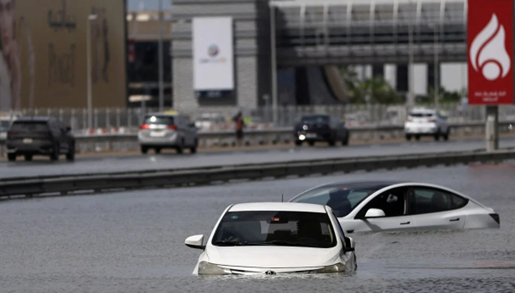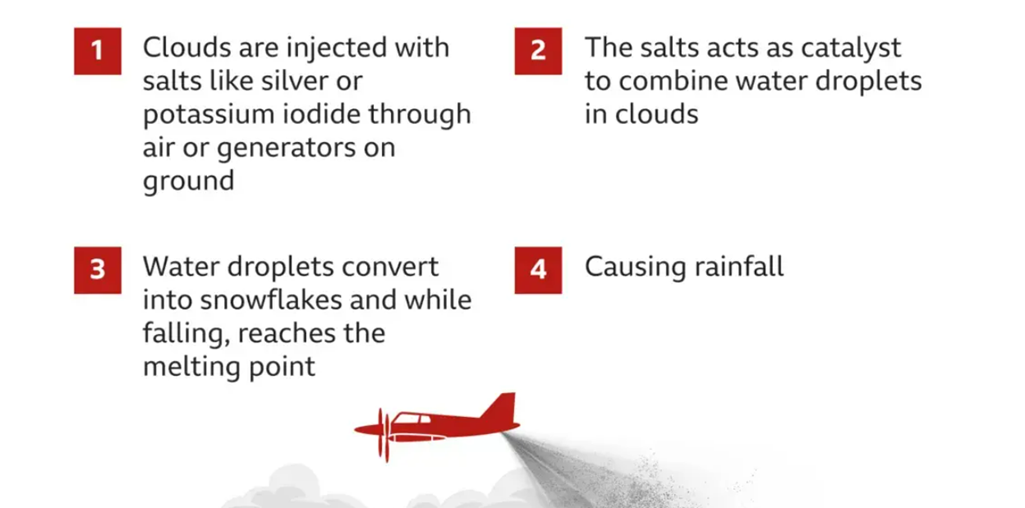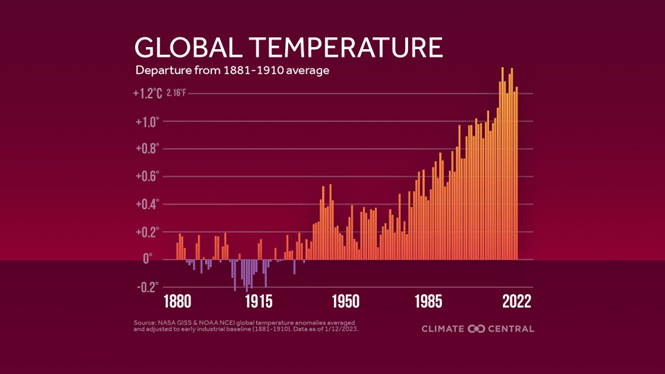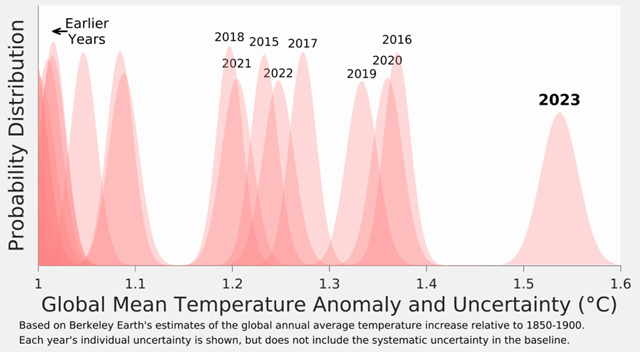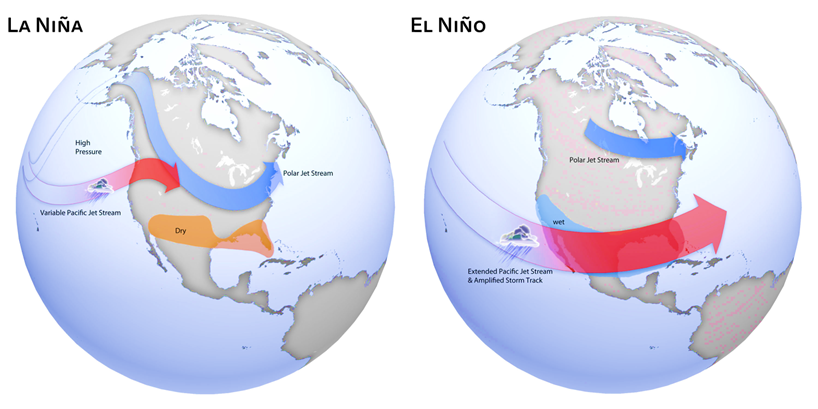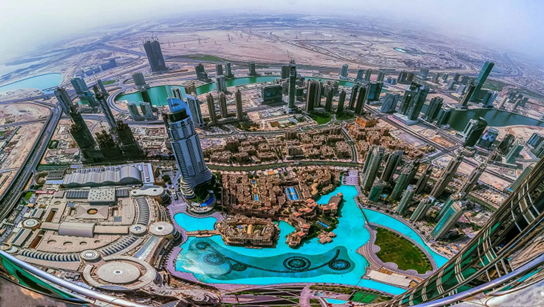A storm hit the United Arab Emirates and Oman this week bringing record rainfall that flooded highways, inundated houses, grid-locked traffic and trapped people in their homes. At least 20 people were reported to have died in the deluge in Oman while another person was said to have died in floods in the UAE that closed government offices and schools for days. In the UAE, a record 254 millimetres (10 inches) of rainfall was recorded in Al Ain, a city bordering Oman. It was the largest ever in a 24-hour period since records started in 1949.
Dubai Floods : Did Cloud Seeding Cause Dubai Floods
Why In News
- A storm hit the United Arab Emirates and Oman this week bringing record rainfall that flooded highways, inundated houses, grid-locked traffic and trapped people in their homes. At least 20 people were reported to have died in the deluge in Oman while another person was said to have died in floods in the UAE that closed government offices and schools for days.
- In the UAE, a record 254 millimetres (10 inches) of rainfall was recorded in Al Ain, a city bordering Oman. It was the largest ever in a 24-hour period since records started in 1949.
What About Climate Change
- According to reports, the intense downpours were a result of a slow-moving storm that moved across the Arabian Peninsula and into the Gulf of Oman over several days. This storm transported abundant tropical moisture from near the equator and released it heavily over the region.
- The storm also appeared in forecast models days in advance.
- Huge tropical storms like this “are not rare events for the Middle East”, said University of Reading meteorology professor Suzanne Gray. She cited a recent study analysing nearly 100 such events over the southern Arabian Peninsula from 2000 to 2020, with most in March and April, including a March 2016 storm that dropped 9.4 inches (almost 240mm) on Dubai in just a few hours.
What Is Cloud Seeding And Did It Play A Role
- Rainfall is rare in the UAE and elsewhere on the Arabian Peninsula, that is typically known for its dry desert climate. Summer air temperatures can soar above 50 degrees Celsius.
- But the UAE and Oman also lack drainage systems to cope with heavy rains and submerged roads are not uncommon during rainfall.
- Following events, questions were raised whether cloud seeding, a process that the UAE frequently conducts, could have caused the heavy rains.
- Cloud seeding is a process in which chemicals are implanted into clouds to increase rainfall in an environment where water scarcity is a concern. This can be done by using aircraft to drop small particles (like silver iodide) into clouds. Water vapour can then condense more easily and turn into rain.
- The UAE, located in one of the hottest and driest regions on earth, has been leading the effort to seed clouds and increase precipitation.
- But the UAE’s meteorology agency told Reuters there were no such operations before the storm.
- Cloud seeding is generally deployed when conditions of wind, moisture and dust are insufficient to lead to rain. In the last week, forecasters had warned of a high flooding risk across the Gulf.
- But the UAE’s meteorology agency told there were no such operations before the storm.
What About Climate Change
- Some experts have suggested that the soaring global temperatures could also be behind the event. Higher temperatures cause evaporation of water not only from land but also oceans and other water bodies, meaning a warmer atmosphere holds more moisture.
- Studies have found that for every 1 degree Celsius rise in average temperature, the atmosphere can hold about 7% more moisture.
- This makes storms more dangerous as it leads to an increase in precipitation intensity, duration and/or frequency, which ultimately can cause severe flooding. Studies based in India’s Thar desert and Australia’s desert regions have shown that climate change could lead to more rainfall in these areas.
- While the average global temperature on the Earth has increased by at least 1.1 degree Celsius since 1850, the UAE has witnessed an increase of almost 1.5 degree Celsius in the past 60 years.
- The increase in temperatures is mainly caused by the rise of heat-trapping greenhouse gas (GHG) emissions since the Industrial Revolution.
- However, it is extremely difficult to attribute any particular extreme weather event to climate change. It is because there are multiple factors, like patterns of natural climate variability, such as El Niño and La Niña, that contribute to such events.
How Prepared Is The UAE For Extreme Rainfall
- The Dubai is, of course, heavily urbanised. There is little green space to absorb the moisture, and drainage facilities were unable to withstand such high levels of rainfall.
- “There need to be strategies and adaptation measures to [adapt to] this new reality [of more frequent and intense rainfall],” explains Prof Francis.
- “For example, the infrastructure of roads and facilities need to be adapted, building reservoirs to store water from spring rain and use it later in the year.”
- In January, the UAE’s Road and Transport Authority set up a new unit to help manage floods in Dubai.
